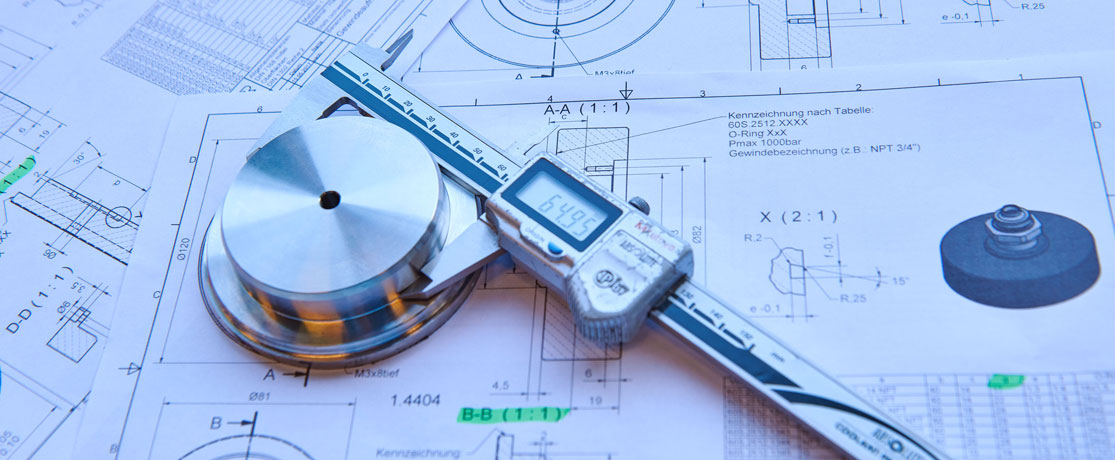Safety valves protect systems, people and the environment from unacceptable overpressure. They are protective devices which are the last safeguard in cases where other control, operation and monitoring units have already failed. Therefore, the safety valve must function at all times and under all circumstances.
When the safety valve opens, the excess pressure is released. Once normal operating conditions are restored, the safety valve closes to prevent further loss of media.
Overpressure has many reasons
The pressure in a vessel or system may exceed the maximum allowable pressure for various reasons, such as thermal expansion, chemical reactions, fire or failure of a cooling system. Each of these incidents can occur individually and separately or simultaneously. For the plant operator, this means that each case of overpressure causes different mass and volume flows that must be dissipated, for example, smaller mass flows during thermal expansion and larger mass flows in the case of chemical reactions.
Safety valves and their operation
There are two types of safety valves: spring-loaded safety valves and pilot operated safety valves.
In a spring-loaded safety valve, the closing force is generated by a helical spring. The set pressure is adjusted by pretensioning this spring with the adjusting screw. In the event of impermissible overpressures, the safety valve opens accordingly.
Pilot operated safety valves (POSV) use the system pressure to generate the closing force. The area of the so-called dome, which acts in the closing direction, is larger than the seat area of the POSV. Because the surface area of the dome is larger than the surface area of the seat, the corresponding closing force is stronger. If the pilot valve responds, the pressure in the dome is released and the POSV opens.



